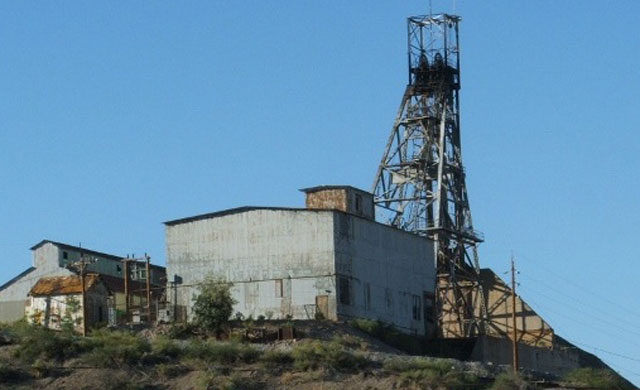Shaft Sinkers (LSE:SHFT) is a support services supplier to the mining industry. It is not currently highly capitalized at a mere £18.76 million, with its stock trading in the 40.0 pence range since October 2012. Its share price on 27 April 2012 was 101.0 whilst on 27 April 2011 it had been at its high of 192.5. SHFT’s share price dropped 12.94% by mid-afternoon today, down 5.5 pence to 37.0 after the company issued a rather ugly report for the year ending 31 December 2012.

This story is intended not meant to besmirch the reputation of Shaft Sinkers, but rather to demonstrate how its outcome for the year was, at least in part, an effect of the general state of the mining industry, and, in doing so, how that is an example of the entire economy. It is important, therefore, to know what the report says.
The Report
Pre-tax profit for 2012 sand 75% from £38.3 million in 2011 to £3.4 million in 2012. Right now, you are thinking that there is a typo in that sentence. There is not. Let me say it again. Pre-tax profit for 2012 sand 75% from £38.3 million in 2011 to £3.4 million in 2012.
Revenue declined by 15% from £226.5 million to £192.5 million. Gross profit dollars dropped 41% from £38.3 million to £22.6 million. Earnings per share plummeted 73% from 18.3 pence to 4.9 pence. The board recommend no year-end dividend.
On the bright side, net debt decreased from £6.1 million to £2.1 million and the order book at year end was up £45.4 million to £346.1 from 31 December 2011 when it was £301.1 million.
The Reasons
The board addressed a number of external issues that stressed Shaft Sinkers’ operational capabilities, citing in part, that in its key market of South Africa “has been a particularly demanding year, which has, undoubtedly affected our results negatively. Sever disruption was caused to the mining industry by a wave of wildcat strikes and, whilst our management worked hard to mitigate the effects of this action, we could not escape the general impact on the entire industry in South Africa.”
The board did not place all the blame for the poor performance on external pressures, but clearly took responsibility for its own operational weakness in responding to those situations, stating that, “Shaft Sinkers also encountered some operational issues at a number of its South African sites.” In effect, what the board is saying is that it was not able to respond in a timely fashion to mitigate the internal effects of the external situations. The company is responding to those problems in a two-fold approach by focusing on operational efficiency and by broadening its geographical footprint outside of South Africa.
The Point
As no man is an island, neither is a single company. Although we would all rather think that we have some great power to determine our destiny, none of us would deny that we spend much of our time reacting to external forces. There are grave dangers at either end of that philosophical spectrum. We need to connect with others, but we also need to understand that we need to be prepared to respond to the problems we encounter that might be created by others.
Whilst any good business has contingency plans, it is often difficult to change the speed or direction of operations. We tend to see stories of South African mining strikes for companies such as Lonmin (LSE:LMI) as isolated and related only to Lonmin. The reality is that what happens to those miners can have a huge effect upon suppliers like Shaft Sinkers, causing backups, delays, stranded equipment, delayed contracts and payments, and an entire universe of supply chain problems, not only for Shaft Sinkers, but its suppliers as well.
When things go bad for one company, or one sector, they go bad for someone else as well. This story is a reminder to us all that it’s not just about in which company one invests their money, but it that it may be just as important to understand the potential impact on a company by the customers that it serves or the suppliers upon which it depends.
In the midst of all of this there is a light at the end of the shaft. Westhouse Securities has reinstated Shaft Sinkers to a “Buy” rating with a 52.0 pence target. That indicates a belief that SHFT may be down, but it is not out and is ready to fight another day.


 Hot Features
Hot Features













